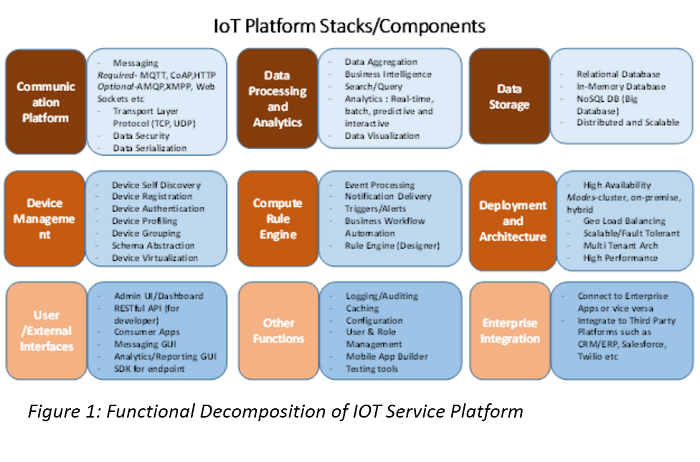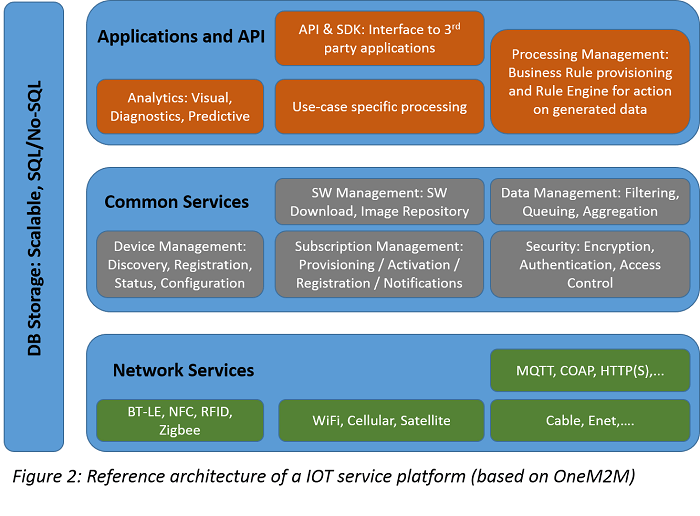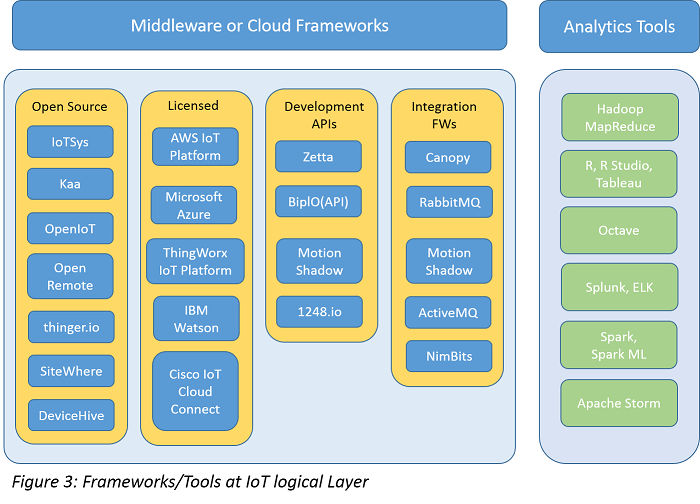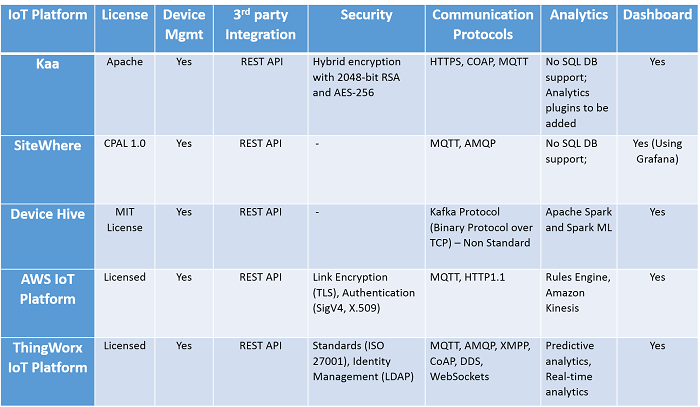September 22, 2016
The Internet of Things (IoT) is the next buzz word and its presence is being felt almost everywhere. IoT is basically inter-networking between physical devices (with different levels of intelligence), enabling them to communicate with each other in order to realize some business use-case.
IoT has evolved with the convergence of wired / wireless technologies, physical devices, micro-services and the Internet. This convergence has helped operational technology (OT) to link with information technology (IT), allowing (both structured and unstructured) data generated from the devices to be analyzed for a better consumer experience.
The spread of IoT is very wide and it is a challenge to decide an area to focus on, such as, devices, software platforms, analytics, development API, etc. In this article we are looking into the (IoT Infrastructure Node in the oneM2M terminology) and will try to cover the following aspects:
There are quite a few IoT platforms deployed in industry verticals such as Home Automation, Industrial Automation, Transportation, Health care, etc. Some of the early IoT platforms were specific for a given vertical and provided limited functions/ features. A generic IoT service platform should support a set of capabilities so that the service platform is usable across verticals. The figure below gives a high-level functional decomposition of such a service platform.

OneM2M is an industry consortium which is trying to bring in some standardization in this space. OneM2M has proposed an industry-agnostic architecture for IoT Infrastructure Node that could help reduce the fragmentation in the industry. The figure below shows a reference architecture that is based on OneM2M proposal.

These features/ functions of the IoT service platform can be logically grouped into the following layers
Quite a few IoT enablers are currently available (some of them open-sourced). The figure below tries to list of few of these enablers.

HSC team has studied the features/ functions of some common IoT platforms. Some of the features/functions analyzed include device management, communication protocols, security, visualization and analysis support. The summary of the comparative analysis is given below.

Based on our evaluation, we believe the Kaa platform is quite mature and being open-source makes it a preferred choice for an IoT service platform. ThingWorx platform is very evolved and feature-rich among the licensed frameworks.